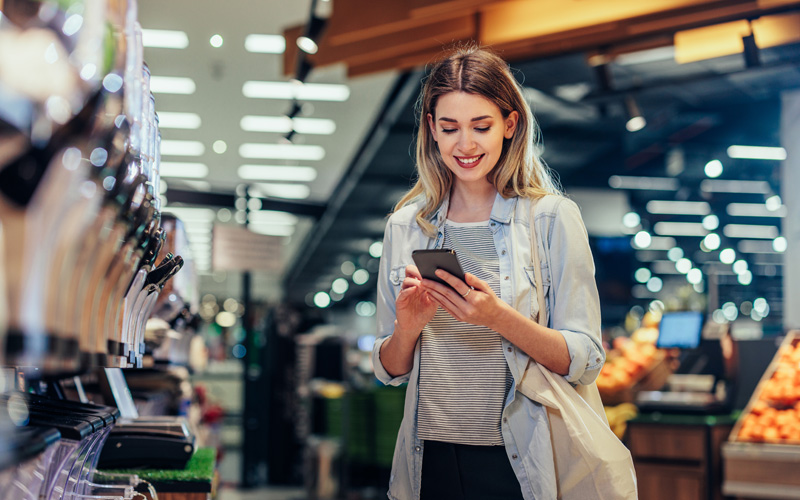Whether you run a restaurant or a grocery store, a fashion boutique or a deli, the chances are that the way you sell your goods to customers has changed in the last couple of years.
The chances are that, since the COVID-19 pandemic, your ecommerce operation now accounts for a much larger slice of your overall revenue than it did before. The pandemic also accelerated changes in how customers get hold of their purchases, with the likes of curbside pick-up, click-and-collect and hyper-local delivery becoming much more commonplace.
The way that fulfillment options have risen to become a top priority for businesses is summed up by the recent news that Uber Eats has launched a self-sign-up integration with POS software vendors Toast and Clover. That means restaurant operators can now register with the delivery aggregator directly through their POS system, have all sales through the Uber Eats app linked to their POS, and of course have fulfillment taken care of automatically through the third-party partnership.
It’s a major sign of the way that the old demarcations between online and offline, delivery and in-store take home are fading away. We’re increasingly getting to the stage where purchases are just purchases, and customers have a wide range of different options for how they get their goods.
Which got us thinking – how else can your POS help to optimize fulfillment in these omnichannel times, and help to ensure that your customers get the choice and quality experience they demand every time? Here’s what we came up with.
Get full insight of your inventory
The first step to great fulfillment is knowing exactly what you do and do not have in stock. Or, just as importantly, knowing where you have things in stock.
Modern POS systems offer much more than just processing sales. They serve as information points for your whole business. For example, if a customer comes into your store asking after a product that you don’t have on display, you can quickly bring up the PIM on screen and tell them if you have it in the store room, warehouse or in another store.
That in turn means you can tell them exactly how and where they can get hold of it, how long it will take, and make the necessary arrangements. A potentially lost sale is rescued, and is fulfilled at the customer’s convenience.
Turn stores into local picking centers
If your business runs multiple locations, the way that POS integrates inventory management becomes especially useful. In the example above, being able to quickly identify that another store still has an out-of-stock item a customer is looking for can be the difference between losing and making a sale.
The intelligence network that POS provides across your locations can also feed into a better online experience for your customers. Just because someone buys through your ecommerce store doesn’t mean all items have to be picked, packed and distributed through a central hub. If the goods a customer buys are in stock at a store close to them, you can save money on delivery by sending it from there. Or you can provide the option of an in-store or curbside pick-up.
Fast, efficient, low-cost local delivery helped thousands of vendors of food and other perishable goods survive the pandemic, and has also driven the rapid growth of delivery aggregators like Uber Eats. But the benefits are there for retailers across all categories, and your existing POS provides the infrastructure to build it out on.




